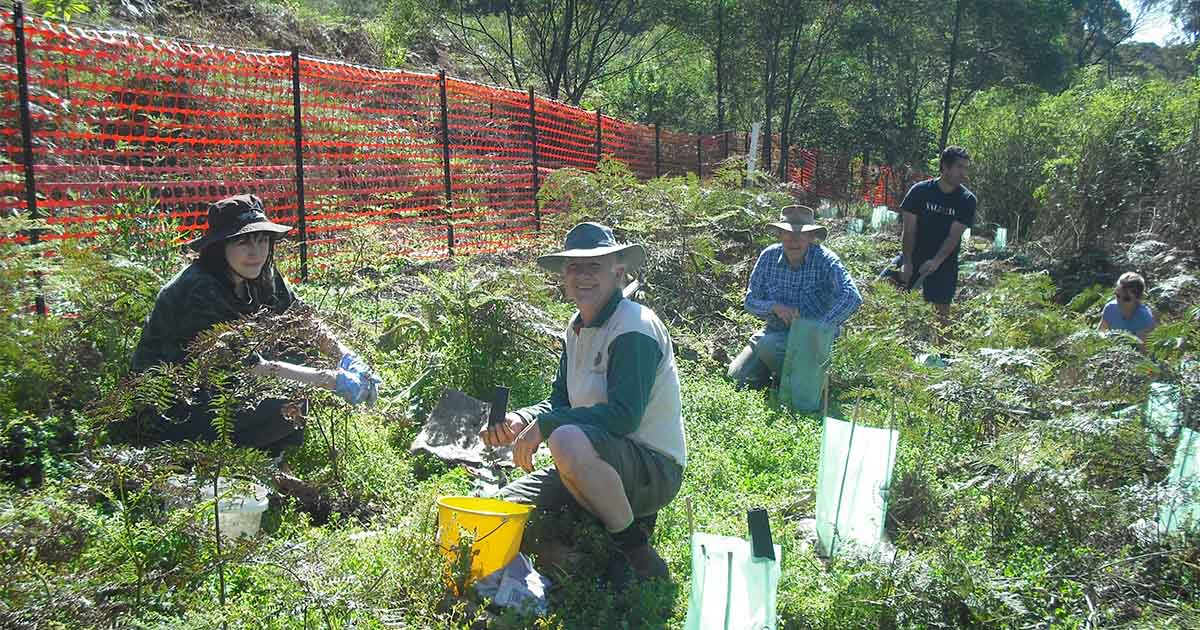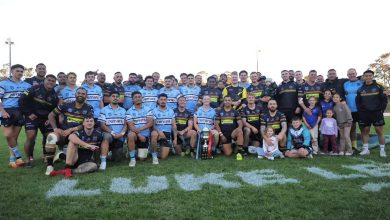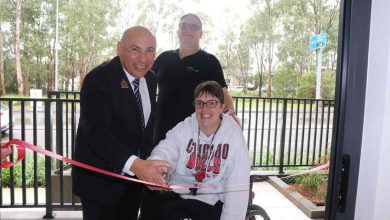NSW RFS: Total Fire Ban at Sydney extended to 20 September
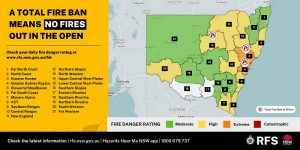
The NSW Rural Fire Service recently announced that the Greater Sydney Region will undergo another Total Fire Ban at the Greater Sydney area on 20 September 2023.
According to the Forecast ratings, Sydney is at EXTREME, the third of four categories in The Fire Danger Rating. Residents are advised to be cautious as fire conditions are highly likely to occur. Therefore, plans for personal property must be in place when a fire starts or in case of evacuation.
The Upper Central West Plains and Greater Hunter are other Statistical Divisions that will undergo a Ban.
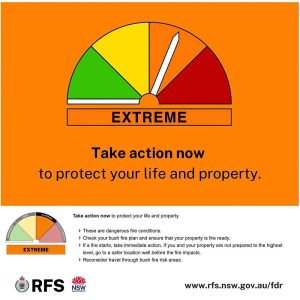
A Total Fire Ban is announced due to high temperatures and strong winds, which are perfect conditions for a bushfire to start. The Ban means no fire out in the open, such as wood or charcoal barbeques, while Fire Permits are suspended. Welding and activities involving fire are restricted.
“During a Total Fire Ban, you cannot light, maintain or use a fire in the open, or to carry out any activity in the open that causes, or is likely to cause, a fire,” as per the RFS’ guidelines.
“General purpose hot works (such as welding, grinding or gas cutting or any activity that produces a spark or flame) are not to be done in the open.”
The RFS first initiated the Ban at midnight on 19 September. Tuesday’s Fire Danger Rating was HIGH, meaning a heightened fire risk exists. To learn more about the Ban and the restrictions included, visit the RFS website here.

This notice came after the Bureau of Meteorology’s announcement on the onset of El Niño and the recent discovery of a positive Indian Ocean Dipole, which means the waters in Maritime Southeast Asia become cooler than normal, resulting in a drier continent.
Dr Karl Braganza, Bureau of Meteorology Climate Manager, mentioned that the two phenomena can affect Spring and Summer weather conditions.
“Over spring, their combined impact can increase the chance of below average rainfall over much of the continent and higher temperatures across the southern two-thirds of the country,” Dr Braganza said.
“The Bureau’s three-month forecast for Australian rainfall and temperature have been indicating warm and dry conditions for some time.”
“An established El Niño and positive IOD reinforces our confidence in those predictions. Based on history, it is now also more likely that warm and dry conditions will persist over eastern Australia until autumn.”
It is advised to report all unattended fires to 000. For more information about the Danger Ratings and current hazards, visit the State’s Rural Fire Service’s website here.



